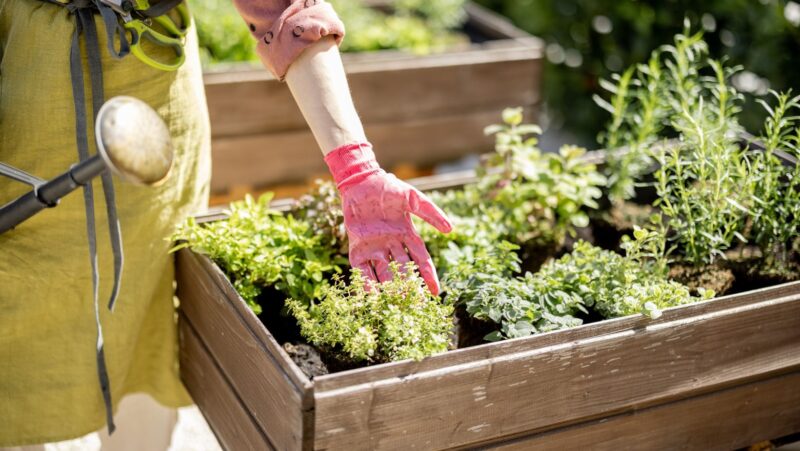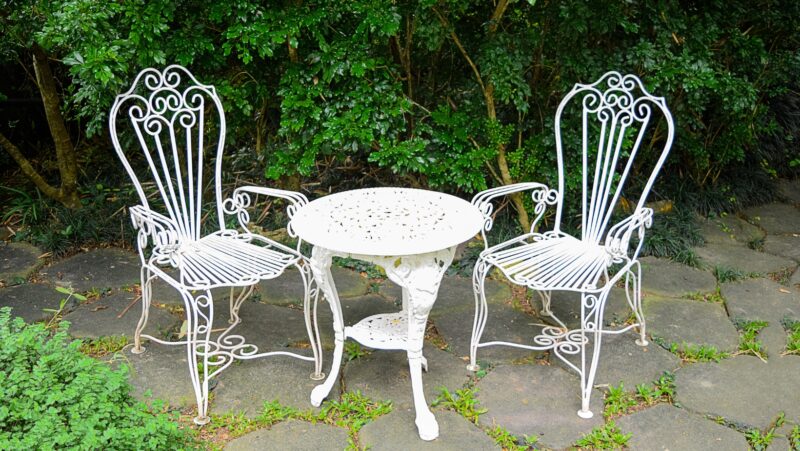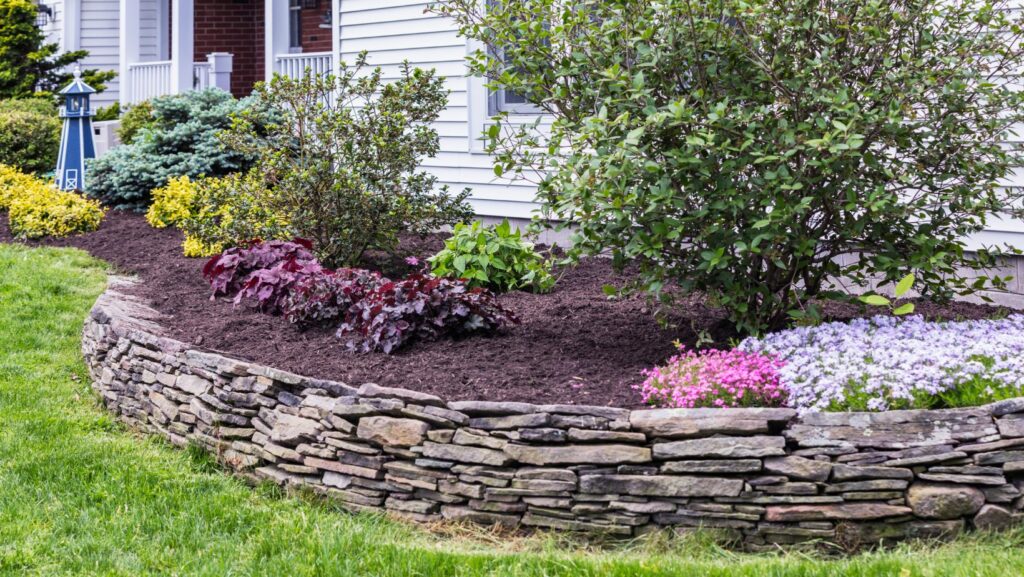
Mulch, a vital part in landscaping your garden and yard, has many jobs. It helps to keep the soil wet and prevents weeds from growing by covering them up with a layer of mulch. This also benefits plants as it adds nutrients when the mulch decomposes into ground material. Moreover, it aids in making your garden or yard more beautiful because of its ability to enhance attractiveness – everything appears neat and shiny due to this added touch!
Types of Organic Mulch
Mulch of organic nature is formed from materials that decompose naturally, giving nutrients to the soil as they break down. Common varieties include wood chips, bark, straw, grass clippings and compost. Every type has its own advantages and things to think about. For example, wood chips and bark have a longer lifespan and offer effective weed control. On the other hand, grass clippings and straw break down faster which contributes to quicker nutrient addition into the earth.
When choosing organic mulch, think about what your plants need as well as how you’ve designed your garden overall, or consider consulting landscaping services for expert advice.
Benefits of Inorganic Mulch
Inorganic mulch, like gravel, stones and landscape fabric, does not break down and thus doesn’t contribute nutrients to the soil. Nonetheless it possesses some benefits such as being long-lasting and requiring minimal upkeep. Inorganic mulch is most helpful in places where you require extended weed control or if there’s no necessity for soil amendment. It is also good for decorative use. It can give texture and color to your landscape. When you select inorganic mulch, consider how it will last over time and suit the design of your garden.
Choosing Mulch Based on Climate
The weather where you live is an important factor when deciding what type of mulch to use in your garden. If it’s hot and not damp, choosing a mulch that retains moisture like straw or compost could be helpful because it helps cool the soil and decreases how frequent watering needs are.
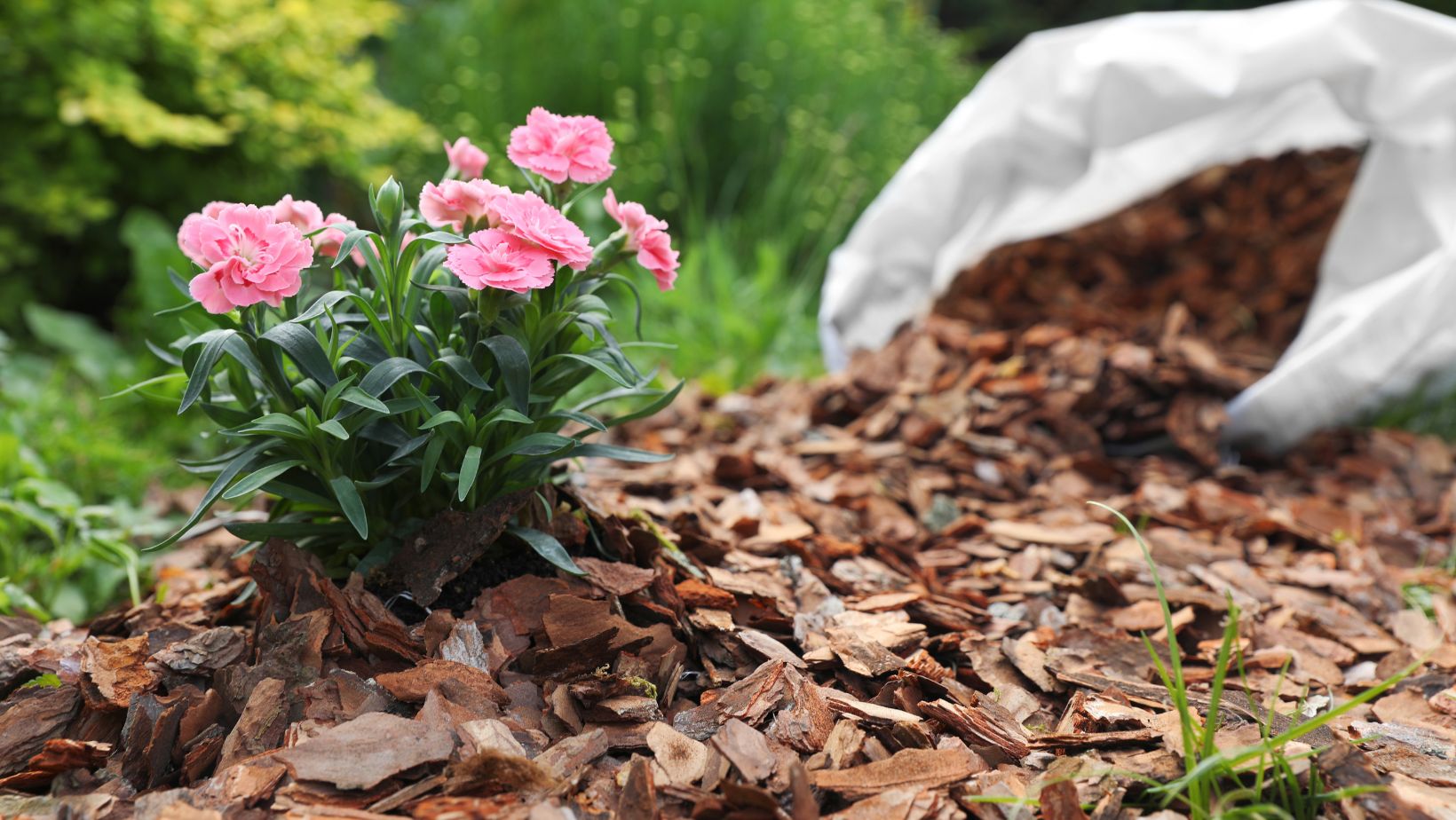
On the other hand, if your location experiences coldness and dampness, applying mulch that allows good flow of air such as wood chips or bark might help stop root rot and fungal illnesses. The mulching material that is best for the health and function of your garden should align with the climate.
Maintenance Tips
Regularly confirm the thickness of your mulch layer. If it is too shallow, add more to reach the desired depth. Removing Weeds: Clear any weeds that might grow through the mulch by pulling them out at their base. Maintain the Mulch : Keep checking how thick your mulch layer is and add more if it becomes shallow, to keep an even depth. Remove Weeds : Take out any weeds that manage to push through the mulch, making sure they are completely cleared so they do not spread. Also, sometimes it is good to fluff up organic mulch. This helps with air movement and stops the mulch from getting too packed down. Inorganic mulches such as gravel might need some light raking now and then just for keeping them tidy and nice looking.
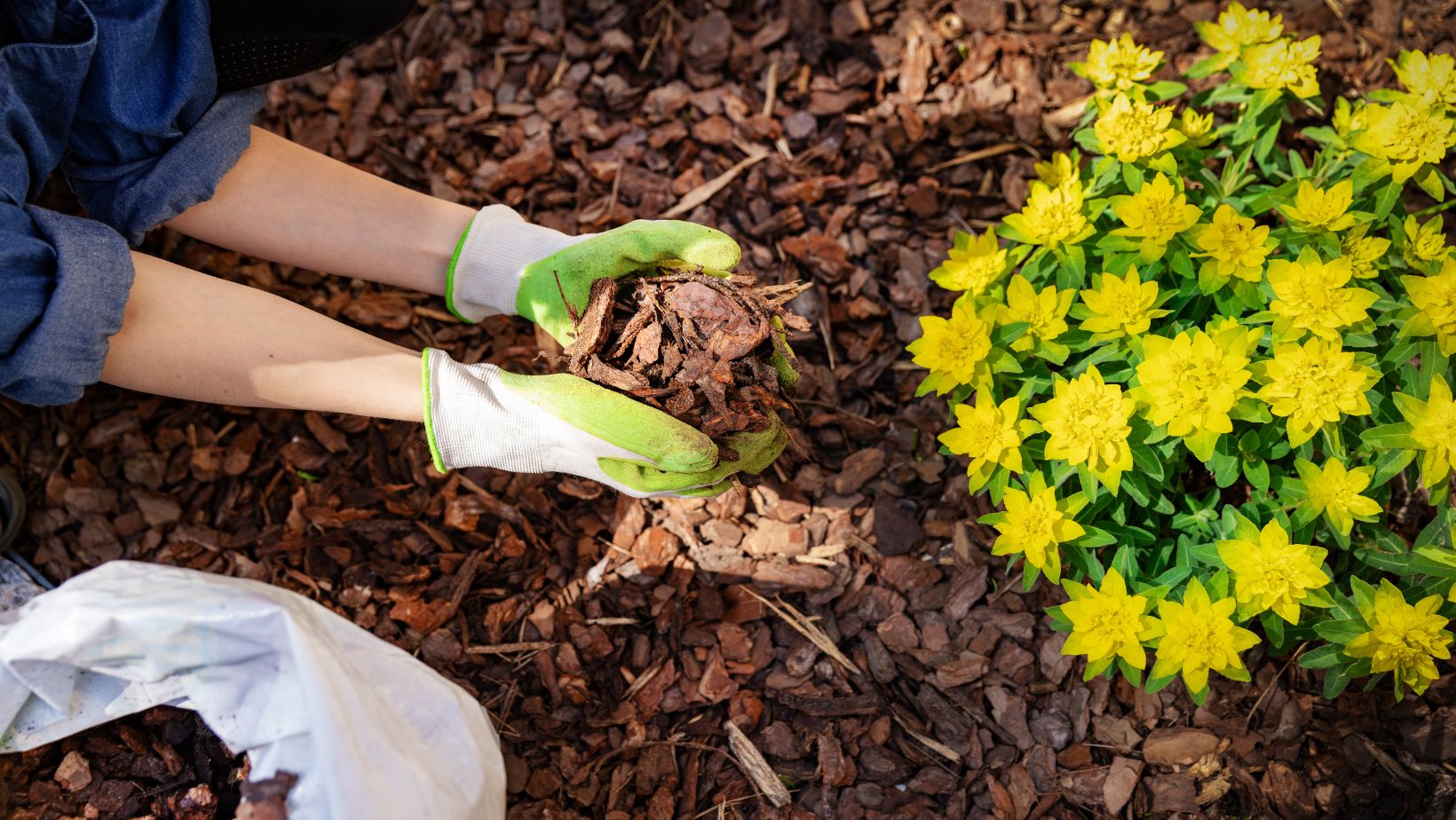
Regular care ensures that your mulch stays useful and maintains the appearance of your garden at its finest.
For farms or properties that are big, compact tractors can greatly help in spreading and taking care of mulch. They are multipurpose machines that help distribute the mulch equally over wide areas, lessening the need for physical work. These machines also aid in moving mulch from one area of the property to another; this makes it easier and faster to complete this task. Compact tractors can be a useful addition to your landscaping routine, making mulching tasks easier and enhancing the general well-being and look of your garden.
Application Techniques
Think carefully about how you utilize mulch for best results. Usually, it is suggested to spread a layer of about 2-4 inches around the plants but take care not to allow it to touch stems or trunks directly because this could result in rotting. In vegetable gardens, you might want to use a thinner layer so that seedlings can come out easier. For the trees and shrubs, a thicker layer of mulch is beneficial as it helps in retaining moisture and safeguards their roots. It’s important for you to keep adding new mulch when the old one decomposes or gets dispersed so that your plants can keep benefiting from its protection.
Picking out the best mulch for your landscaping plans means knowing about different types of mulches, thinking about weather where you live and taking care of what plants need. Putting on it correctly and looking after it helps in getting most from your mulch – keeping moisture inside, stopping weeds growing up, making soil better and improving garden appearance. For people who have big land areas, using compact tractors can make the process easier when they want to spread their chosen type of mulch all around more quickly than by hand. With thoughtful mulch choices and handling, you can craft a garden that is robust, appealing and eco-friendly.







